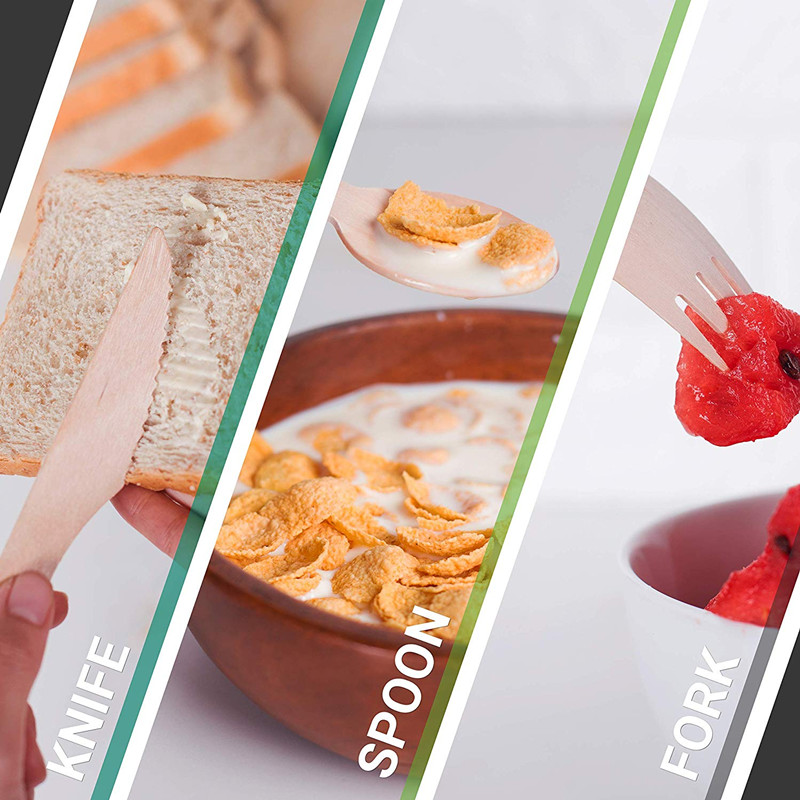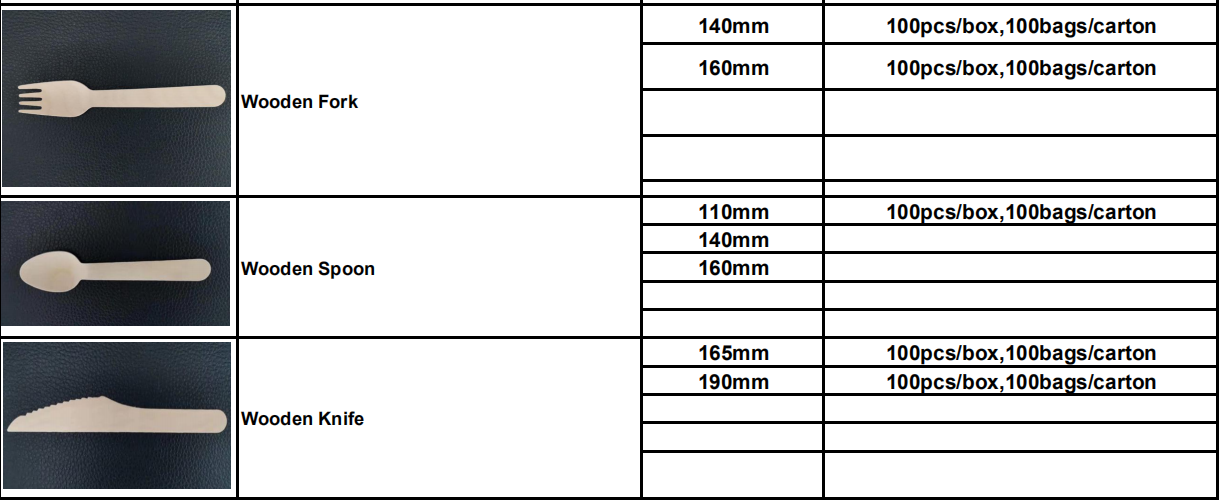Prepress work refers to the preliminary work of the printing process, including typesetting and imposition, color separation and scanning. The main point of its work is to master the software used by the computer in the prepress operation, to be familiar with the basic workflow of the printing process, and good graphics and image processing capabilities.
At present, there is a very serious problem with prepress operations in China: prepress operators are basically not printing professionals; students from printing schools basically do not know much about prepress jobs. This creates a contradiction: how to handle the combination of desktop system operation and printing expertise.
For designers who want to move from the computer graphic design industry to prepress operations, the primary task is to control printing expertise at all costs after contacting prepress jobs, otherwise they will most likely not be able to carry out their work.
In order to help some designers entering the pre-press production industry, based on my previous personal work experience and experience, I will briefly summarize some of the problems often encountered by beginners, hoping to play a role.
1. Knowledge of characters is a written symbol used to record and convey language.
The characters used in printing can be divided into words, fonts, size, etc.
1. The typeface is in the domestic printing industry, and the main types of characters are Chinese characters, foreign characters, and ethnic characters. Chinese characters include such as Song type, Kai type, Hei type, etc. Foreign characters can be subdivided into white and black according to the roughness of the character, or can be divided into normal, italic, and floral according to their appearance. Ethnic characters refer to the characters used by some ethnic minorities, such as Mongolian, Tibetan, Uyghur, Korean, etc.
Song type: Song type is the most widely used font in the printing industry. According to the shape of the word, it is divided into book song and newspaper song. Song style is a type of printing font that originated from the engraving printing in the Song Dynasty. The Song font is square in shape, the strokes are horizontal and vertical, horizontal and vertical are thick, the edges and corners are sharp, the structure is rigorous, neat and uniform, and has a strong stroke regularity, so that people have a comfortable and eye-catching feeling when reading. In modern printing, it is mainly used for the text of books or periodicals.
Kai body: Kai body, also known as living body, is a type of font that imitates handwriting habits. The strokes are pretty and even, and the shape is correct. It is widely used in student textbooks, popular books, comments, etc.
Bold font: Bold font is also known as square or isometric font. It is a thick and sturdy typeface with a dignified shape, horizontal and vertical strokes, all strokes are the same thickness, and the structure is eye-catching and strict. Bold is suitable for headlines or eye-catching words or comments that require attention. Because the font is too thick, it is not suitable for typographical text.
Imitated Song style: Imitated Song style is a relatively clean and upright font with Song style structure and regular script strokes. The strokes are uniform in thickness horizontally and vertically. It is often used for typographical subtitles, short poems, comments, citations, etc., and is also used to typify the text in some reading materials section.
Art body: Art body refers to some unusual and special printing fonts, which are generally used to beautify the layout. The strokes and structure of the art body are generally visualized, and are often used in the title part of the cover or layout of the book. The proper application can effectively enhance the artistic taste of the printed matter. This type of font is very wide, such as the fonts in Han Ding, Wen Ding and other fonts.
2. The font size is a measure to distinguish the size of the text. The point system is commonly used internationally. In China, the point system is mainly used, and the point system is supplemented. The numbering system uses several types of movable type that are not multiples of each other as the standard. The system is based on the conversion relationship of doubling or halving. The smaller the nominal number of the font size, the larger the font style. For example, the fourth font is larger than the fifth font, and the fifth font is larger than the sixth font.
The point system is also called the pound system (P), which is a measure of the "point" value of the shape of a word. According to the regulations of the printing industry standards, the size of each point value of the font size is equal to 0.35mm, and the error should not exceed 0.005mm. For example, if the fifth font is replaced with a dot system, it is equal to 10.5 points, which is 3.675mm. All foreign characters are calculated in points, and the size of each point is approximately equal to 1/72 inch, which is equal to 0.35146mm.
The size of the font size is in addition to the number system and the dot system. The calculation unit is mm, which is called "level (J or K)". Each level is equal to 0.25mm, 1mm is equal to 4 levels. The size of the typeset text can be discharged from 7 to 62, there are also from 7 to 100. In computer phototypesetting systems, there is also a number system. In printing and typesetting, if you encounter a character marked with a number, you must convert the value of the number into a series to be able to grasp the correct size of the character. The conversion relationship between number and series is:
1J = 1K = 0.25mm = 0.714 points (P)
1 point (P) = 0.35mm = 1.4 grade (J or K)
3. Layout design and typesetting specifications
The layout should be designed according to the requirements of the printed layout. For example, for the printing of a booklet, attention should be paid to the size of the format, the type of layout (horizontal or vertical), the font size of the text, the number of lines per page and the number of words in each line, word-to-word and line-to-line The gap between them, the number of columns in the page and the number of words in each column, the spacing between columns, the placement of page numbers and page numbers, the position and size of headers and footers, etc.
When you typeset text, you should also pay attention to some prohibition rules, such as two spaces at the beginning of each paragraph, and no period, comma, comma, semicolon, colon, question mark, exclamation mark, and next line at the beginning of the line. Punctuation marks, lower brackets, lower titles, and other punctuation marks cannot be placed at the end of the line. Temperature identifiers and monosyllabic foreign words, etc., should not be arranged separately in the upper and lower lines.
2. Paper
Paper is one of the important contents that pre-press staff need to pay attention to, which determines the great range of printed products.
1. Composition of paper
Paper is a kind of material derived from processing by adding fillers, gums, colors and other ingredients from plant fibers.
The raw materials that make up paper are mainly straw, bamboo, cotton and hemp, and available waste. According to the different raw materials, the nature of the paper formed will also be different.
Fillers are materials used to increase the flexibility of the paper, reduce the transparency and elasticity of the paper, and make the surface of the paper flat and even, such as talcum powder for general printing paper, kaolin and barium sulfate for high-grade paper. The filler should be used in an appropriate amount, generally accounting for about 20% of the paper, too much will reduce the resistance and flexibility of the line, and will hinder the absorption of the ink, resulting in powdering defects during printing.
The glue is used to fill the small pores in the paper to improve the water resistance of the paper, and also to improve the gloss and strength of the paper and to prevent the paper surface from fluffing. Common rubber materials include rosin, alum, starch, etc.
Colorants are used to enhance the color purity of paper, mostly using inorganic pigments or organic dyes.
2. Paper specifications Paper can be divided into flat paper and roll paper according to different printing purposes. Flat paper is suitable for general printing machines, and roll paper is generally used for high-speed rotary printing machines.
The size of the paper is generally produced according to the standards set by the state. The size of the base paper for printing, writing and drawing is: the width of the roll paper is divided into 1575mm, 1092mm, 880mm, 787mm; the size of the base paper of the flat paper is divided into: 880mm x 1230mm, 850mm x 1168mm, 880mm x 1092mm, 787mm Six types: x 1092mm, 787mm x 960mm, 690mm x 960mm.
The standard for book and magazine format and paper format size is 880mm x 1230mm, 900mm x 1280mm, 1000mm x 1400mm uncut single paper size. Due to equipment, production, supply, etc., the original 787mm x 1092mm, 850mm x 1168mm size paper can still be used at present, but it should be noted that this size is an old standard format to be phased out. The future paper size will be New national standards transition.
In coastal areas, because of the large number of foreign-funded printing companies, many printing institutions are still widely using some old paper.
The weight of the paper is expressed in basis weight and order weight. It is generally expressed in terms of quantity, which is what we commonly call "gram weight". Quantitative refers to the mass relationship per unit area of ​​paper, expressed in g / m2. For example, 150g of paper means that the weight per sheet of this kind of paper is 150g. The paper whose weight is below 200g / m2 (including 200g / m2) is called "paper", and the paper whose weight exceeds 200g / m2 is called "cardboard". Ream weight refers to the total mass of paper per ream (500 sheets is 1 ream), and the unit is calculated in kg. According to the basis weight and format size of the paper, the ream weight can be calculated by the formula of the order weight (kg) = the size of the paper (m2) x 500 x basis weight (g / m2).



FAQ
Q1: Are you manufacturer or trading company?
A1: We are manufacturer.
Q2: What is the material of products?
A2: Natural Birch.
Q3: How long will you deliver the products?
A3: 30~60 days after receiving 30% T/T deposit.
Q4: What is the payment term?
A4: T/T 30% as deposit in advance and balance 70% should be paid when goods ready to ship or L/C at sight.
Q5: Do you provide samples?
A5:Yes, free samples available.
Wooden Tableware
Tableware Set,Disposable Spoon,Disposable Spoon Set,Disposable Wood Spoon
Dalian Yongtailong Wood Industry Co.,Ltd , https://www.ytldisposablegoods.com